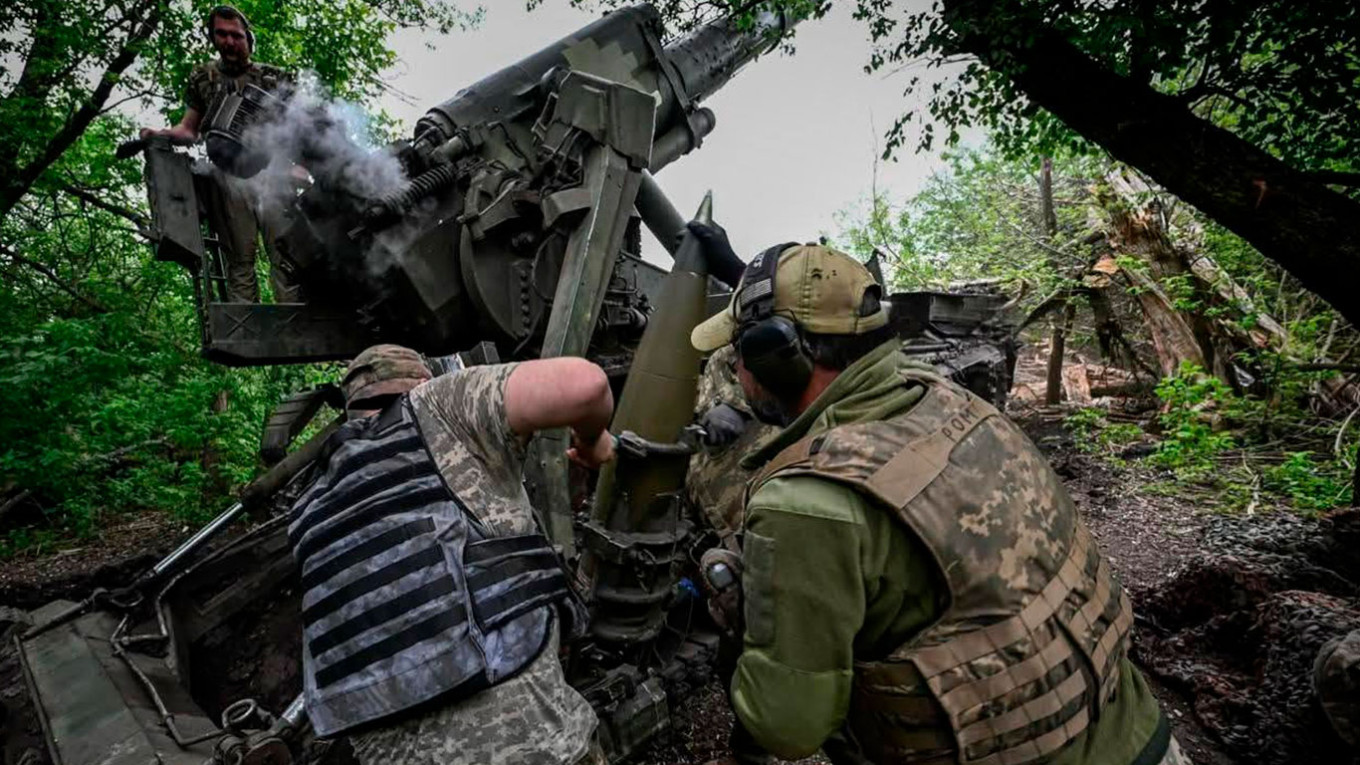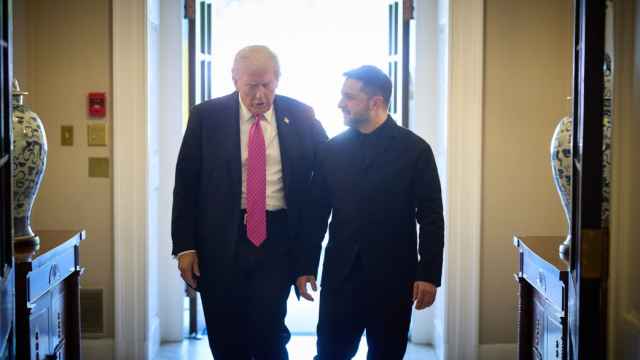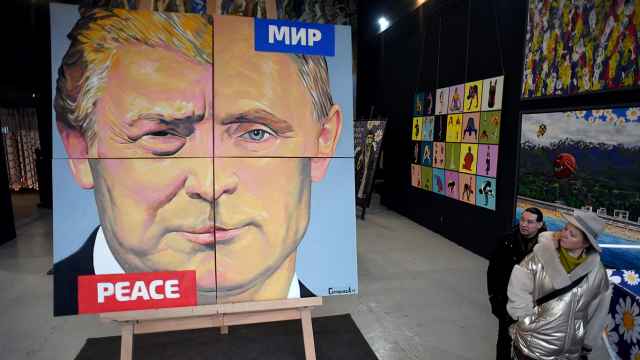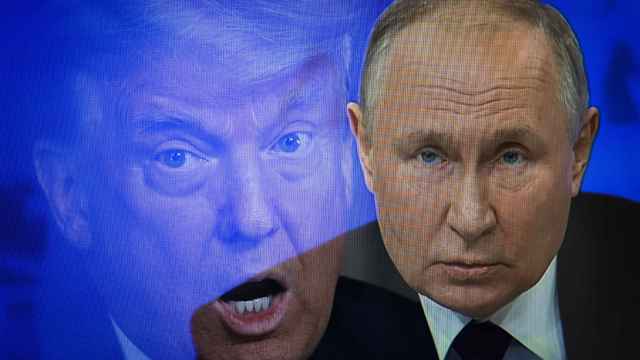The White House’s “America First” policy came for Ukraine this week, with Washington pausing shipments of military aid to maintain its own stockpile of weapons.
The suspension came despite an analysis by senior military officials saying the aid package would not impede the U.S.’s own supplies and military readiness. Many of the weapons were already on European soil when the order came through.
A source told The Economist that the canceled delivery included 30 Patriot air defense missiles, which are one of two weapons capable of intercepting the hypersonic missiles Russia uses to target Ukrainian cities.
Ukraine ran out of Patriot missiles in May. Only 740 of the missiles, which cost about $4 million, are projected to be produced this year. The closest equivalent Europe could provide is the SAMP/T, though software issues have hampered their effectiveness in the field.
Last week, President Donald Trump told a visibly emotional Ukrainian journalist that Washington would “see if [we] can make some available” but made no promises and warned that the U.S. needed some for itself.
Other air defense weapons held back are 25 shoulder-fired Stinger MANPADS and 92 AIM-7 “Sparrow” air-to-air missiles. The latter can be fitted onto Ukraine’s F-16 fighter jets or adapted for ground-based air defense.
Russia has doubled the number of aerial vehicles it has launched against Ukraine in the six months since Trump returned to the White House.
While earlier attacks may have used dozens of drones, more recent ones have used hundreds. The attack on the night of June 29 saw Russia fire 477 drones and 60 missiles at Ukrainian cities.
Russia has also updated its drones and tactics in an evolutionary arms race against Ukraine.
Last night’s air assault, the largest since the start of the war, was launched hours after President Donald Trump spoke on the phone with Russian counterpart Vladimir Putin. Trump said he was left “disappointed” by the call as Putin showed no sign of wanting to stop his country’s invasion of its neighbor.
“With every escalating air attack against Ukrainian cities, Putin is ramming home what he told Trump yesterday: that he is uninterested in a ceasefire or negotiations and that his objective remains the destruction of Ukrainian statehood,” former U.K. defense attache in Moscow John Foreman told The Moscow Times.
The aid pause could also have consequences on the battlefield. Ukraine had been due to receive around 8,500 155mm artillery rounds from American stocks, equivalent to about 20% of one month’s production.
Ukraine fired an average of around 3,600 artillery rounds per day last year, likely a result of units rationing their supplies, as previous delays in U.S. aid restricted the flow of new rounds.
European countries are projected to increase their production of 155mm shells to 2 million a year by 2026. Ukraine has started to produce these shells domestically as well as 122mm munitions for its remaining Soviet-era equipment, aiming to produce 100,000 shells in 2025 and 600,000 next year.
Meanwhile, Russia produces as much ammunition in three months as NATO does in one year, the alliance’s Secretary General Mark Rutte claimed, and has increased its imports of chemicals used to manufacture explosives.
It is also propped up by North Korea, which produces half of the shells used on the battlefield, according to Western intelligence. Although many of these shells are of poor quality, their sheer quantity has helped Russia gain more Ukrainian territory since the deliveries started.
Other battlefield weapons held back by the U.S. include 125 shoulder-fired AT4 launchers and 142 Hellfire missiles, which are important for destroying tanks and fortified Russian positions. Ukraine was also due to receive over 250 artillery rockets compatible with its HIMARS systems, which Kyiv has used to target Russian ammunition depots and logistics hubs.
Being able to strike these targets allows Ukraine to break down some of Russia’s materiel superiority. Ukraine's Commander-in-Chief Oleksandr Syrskyi claimed in April that Ukraine was able to halve the volume of Russia’s daily ammunition use to 23,000 rounds, although that number has risen as Russian supplies grew.
No single weapon will prove decisive on a battlefield, experts say. What is more important is that Kyiv has a variety of equipment at its disposal and enough of them to effectively counter Russia.
Russia’s ongoing summer offensive is beset with badly trained troops, logistical challenges and poor intelligence, as well as its own shortages. This is still a war of grinding attrition, with the sweeping gains both sides made in 2022 a distant memory. Though Ukraine managed to push Russian forces away from Sumy at the end of June, but Russia is advancing slowly in the southwestern Zaporizhzhia region.
European Commission President Ursula von der Leyen called on Europe to increase its efforts to support Ukraine’s defense on Friday.
But while European members of NATO signed up last week to increase their defense spending and industrial base, those efforts will take time to bear fruit. While European systems like the French Foudre MLRS rocket — a potential alternative to HIMARS — are in development, Washington remains essential for Ukraine’s defense.
A Message from The Moscow Times:
Dear readers,
We are facing unprecedented challenges. Russia's Prosecutor General's Office has designated The Moscow Times as an "undesirable" organization, criminalizing our work and putting our staff at risk of prosecution. This follows our earlier unjust labeling as a "foreign agent."
These actions are direct attempts to silence independent journalism in Russia. The authorities claim our work "discredits the decisions of the Russian leadership." We see things differently: we strive to provide accurate, unbiased reporting on Russia.
We, the journalists of The Moscow Times, refuse to be silenced. But to continue our work, we need your help.
Your support, no matter how small, makes a world of difference. If you can, please support us monthly starting from just $2. It's quick to set up, and every contribution makes a significant impact.
By supporting The Moscow Times, you're defending open, independent journalism in the face of repression. Thank you for standing with us.
Remind me later.







